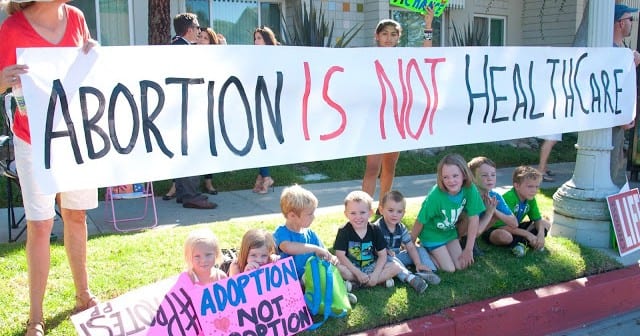Abortion-zealous media and activists are in denial about the real reasons why the abortion industry is shrinking. Dismay over the lives saved from abortion clouds reports on the subject, which incessantly refer to the reduction in stand-alone abortion mills as “reduced access to abortion.” Even when they pay lip service to survey results affirming that lack of demand among womenand interest among physicians as significant forces driving the dwindling number of abortion mills, Pro-Life legislation and activism are vilified as roadblocks to “women’s reproductive healthcare.”
Lack of access or culture change?
A recent Bloomberg Business piece, Abortion Clinics Are Closing at a Record Pace, reports that at least 162 abortion mills have shuttered since 2011, while 21 new ones have opened. The closures occurred in 35 states, with Texas leading by a longshot with at least 30 closures since the passage of our historic Sonogram Law during the 2011 82nd Session of the Texas Legislature. The law requires abortionists to show women their preborn children via ultrasound and identify body parts and the heartbeat as part of a woman’s right to informed consent prior to undergoing an abortion.
However, the Bloomberg report unsurprisingly cites only two provisions of House Bill 2, the Pro-Life Omnibus Bill of 2013, as a catalyst for the so-called “depression” of the Texas abortion rate by 13%. In actual fact, the abortion rate in Texas has been declining at a consistent pace since 2008, with significant drops following both the enforcement of the Sonogram Law and HB 2. Thus, the spin pegging the health and safety requirements of HB 2 for the supposedly unfortunate decline in abortion numbers is under-researched at best, and deceptive at worst.
Also undercutting their attempt to blame legislation for the closure of many abortion mills is California’s place at the top of the list. The state – known for its wildly permissive abortion laws and likely guilty of committing up to 1 in 5 of the nation’s total annual abortions – shuttered twelve abortion mills since 2011. And the clincher: California does not have any major abortion restrictions.
According to the Alan Guttmacher Institute, the leading anti-Life abortion research organization, “California does not have any of the major types of abortion restrictions – such as waiting periods, mandated parental involvement or limitations on publicly funded abortions – often found in other states.” But – like Texas, Michigan, and Iowa – California saw a significant number of closures. Bloomberg provides no explanation for this phenomenon; instead, they cling to their “lack of access” soundbite and report that California was inexplicably among those seeing the same trend.
Indeed, these hand-wringing reports consistently fail to underscore the evolving sentiment toward abortion as a factor in America’s changing abortion landscape. Doctors, for example, are increasingly ambivalent about becoming abortionists, opting instead to pursue Hippocratic medicine. Likewise, numerous modern breakthroughs in science and technology testify to the reality of preborn Life, and the detriment of abortion to women on psychological, physical, and emotional levels is increasingly documented. How long will mainstream media stubbornly persist in characterizing the declining abortion rate as a vicious, anti-abortion attack on women’s so-called “access to abortion?”

